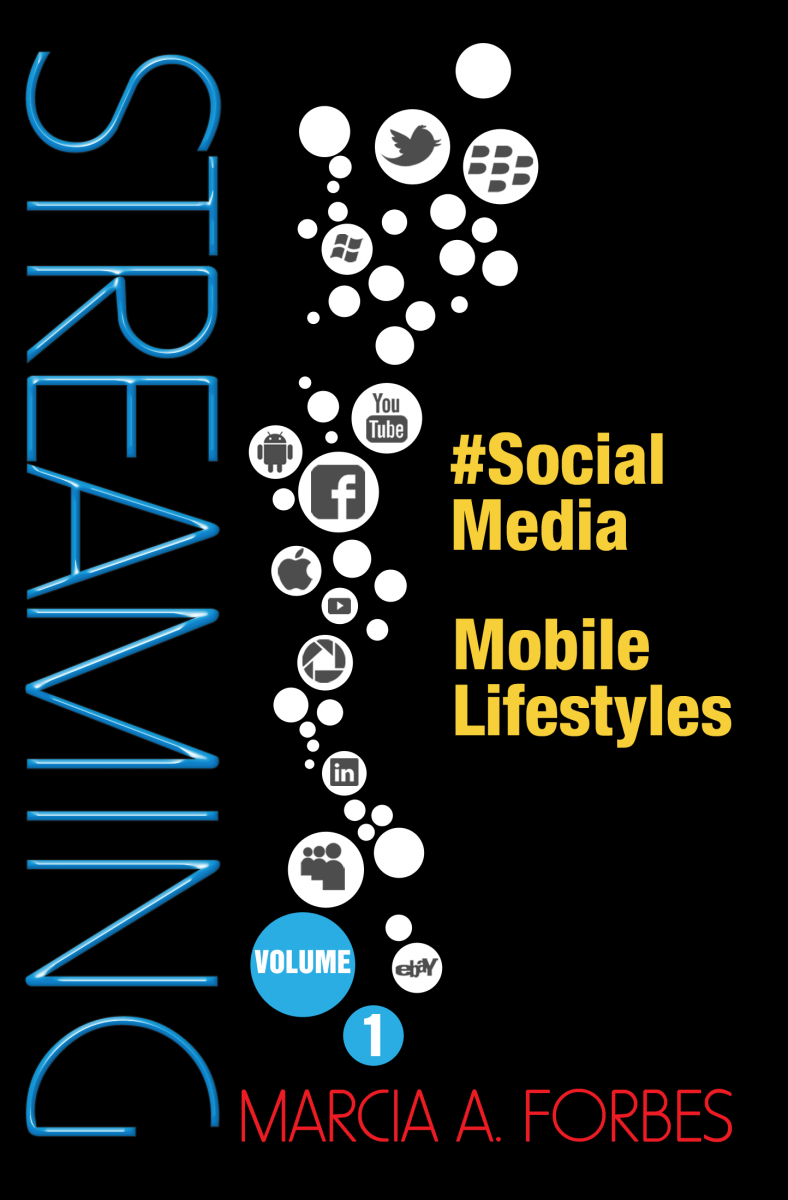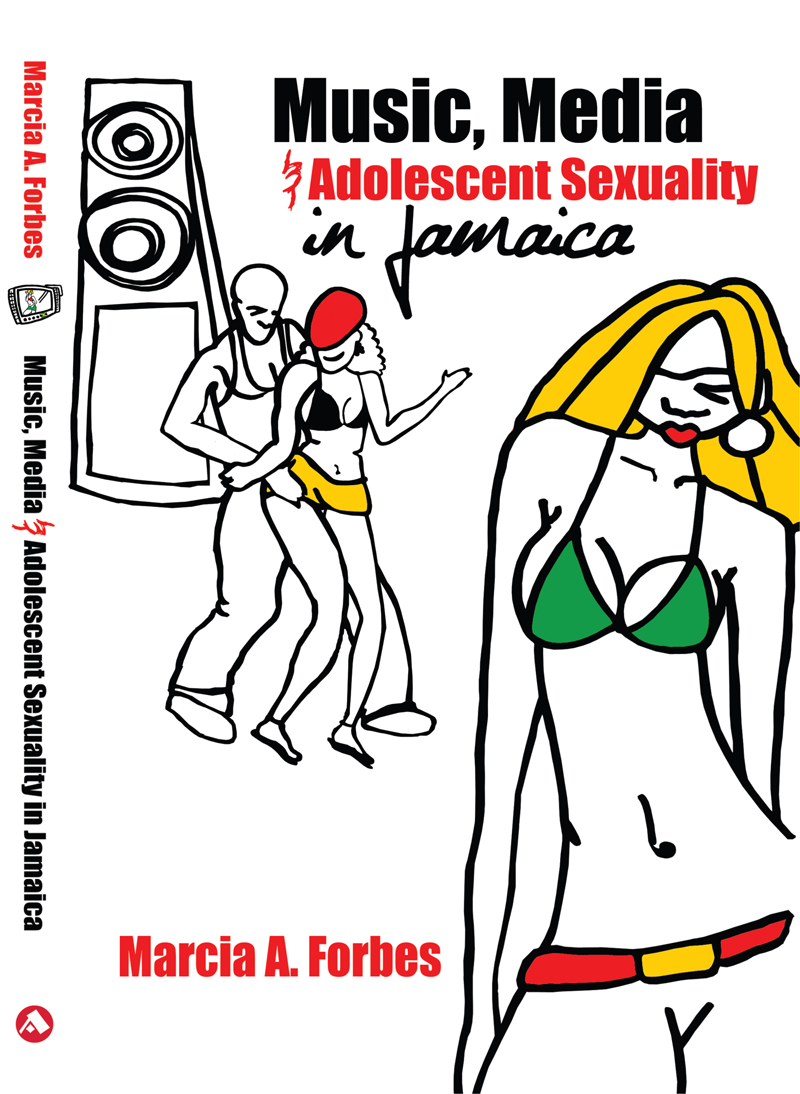Looking Jolly with the Lolly—Adolescents & Oral Sex

The mid 1990s ‘Lewinsky Scandal’ helped to redefine the meaning of sexual relations. This highly publicized expose was followed in the media by viewers, listeners and readers across the world. Although Monica Lewinsky admitting that she had performed oral sex on U.S. President Clinton, he nevertheless denied sexual relations with her, stating that he did nothing inappropriate.
Many questions were raised by those listening and looking on, ‘What is sex?’, “Does oral sex qualify as sex?” American adolescents seem to have learned lessons from the ‘Lewinsky Scandal’ as we now hear that one in five U.S. teenagers say they have engaged in oral sex but many do not regard it as sex at all (Reuters, Oral Sex Safe and Not Really Sex, Say U.S. Teens, April 4, 2005). Of the 580 participants in that study comprised of adolescents (mean age of 14 years), while 20% said they had engaged in oral sex, only 14% said they had engaged in sexual intercourse. It is not clear how the 6% who had engaged in oral sex but did not report having had sex categorized their actions.
Although the risks of sexually transmitted infections  are reduced with oral compared to penetrative sex, they still exist. Many adolescents who engage in oral sex use no form of protection and therefore place themselves at risk. Another study out of the United States by Yale and Columbia University researchers found that teens who took ‘virginity pledges’ often substituted other high-risk behaviors for intercourse. After reanalyzing the same data from that same study, the Heritage Foundation refuted this charge.
are reduced with oral compared to penetrative sex, they still exist. Many adolescents who engage in oral sex use no form of protection and therefore place themselves at risk. Another study out of the United States by Yale and Columbia University researchers found that teens who took ‘virginity pledges’ often substituted other high-risk behaviors for intercourse. After reanalyzing the same data from that same study, the Heritage Foundation refuted this charge.
A raging dispute regarding the veracity of the Heritage Foundation’s finding as well as the value of ‘virginity pledges’ ensued.  What is clear from all this is that what adolescents mean when they answer in the negative to having sex may not tell the whole truth or present the full picture of potential sexual risks. Today’s adolescents may define ‘having sex’ in ways which are different from definitions offered by adults.
What is clear from all this is that what adolescents mean when they answer in the negative to having sex may not tell the whole truth or present the full picture of potential sexual risks. Today’s adolescents may define ‘having sex’ in ways which are different from definitions offered by adults.
 What is clear from all this is that what adolescents mean when they answer in the negative to having sex may not tell the whole truth or present the full picture of potential sexual risks. Today’s adolescents may define ‘having sex’ in ways which are different from definitions offered by adults.
What is clear from all this is that what adolescents mean when they answer in the negative to having sex may not tell the whole truth or present the full picture of potential sexual risks. Today’s adolescents may define ‘having sex’ in ways which are different from definitions offered by adults.
Sexual feelings and behaviours are guided by societal norms and mores. It can be argued therefore that TV programmes which promote promiscuous behaviours will be internalized and modeled if they are seen as socially acceptable and desirable. Adolescents in sexually permissive societies will model these behaviours so as to achieve societal acceptance and endorsement. Heavy viewers of these kinds of TV programmes are more likely to believe that ‘everyone is doing it’ and use this to guide their actions.
When asked to list (in ranking order) their top 3 favourite TV programme genre, five types of programmes which are fairly well known to portray a pretty substantial amount of sex were included by one third (34%) of the respondents as their 1st choice. Per the table, these were comedies (14%), music videos (10.5%), soap operas (5.8%), romance movies (2.5%) and Blue movies (1%). Yes US comedies do focus quite a bit on sex as Kaiser studies have shown.
Table
Preference for Programmes which often Portray Sex
|
Type of Programme
|
Preference
|
|
Comedies
|
14.0%
|
|
Music Videos
|
10.5%
|
|
Soap Operas
|
5.8%
|
|
Romance Movies
|
2.5%
|
|
Blue Movies
|
1.0%
|
|
Total % of Teens
|
33.8%
|
Of the almost 450 adolescents in the local survey, a full one third of them admited to most enjoying those programmes with fairly high sexual content. Even if parents argue that their children only watch the comedies with do not feature sex talk or sexual behaviours, we still have close to a quarter of teens who most enjoy those TV programmes with sex, moreso than they enjoy other types of shows. That’s lot of children hooked on sex. And truth is, it’s a lot more than this since many who failed to list these genres as their 1st choice listed them as 2nd or 3rd choices.
It is no wonder then that phone sex is becoming more popular. In an interview I conducted with a 16 year old girl from the inner-city she openly described the many male ‘friends’ she had met through the telephone chat room. Soliciting sex seems like the raison de’tre of these chat rooms. We have only recently heard of the danger of these chat rooms based on the subsequent sexual liaisons they can cause. But back to the issue with which I led off this article, oral sex.
The 13 year old high school girl who had the images of her performing oral sex on her boyfriend beamed to all and sundry across this island via cell phones, may or may not have engaged in penetrative sex. What is clear though it that Aidonia’s admonition and question, Why do you look so jolly with the lolly in your mouth, the music which accompanied her images was apt. Someone made a music video of the whole thing by adding music to the images. It seems many students made money from pay per view of the video via cell phone. All this is old news for some since this happened last year. What is new to me is the prevalence of consensual oral sex with girls in willing compliance. Why are so many teenaged girls so willing to perform oral sex?
Based on my discussions with teenagers it seems that many girls from all types of schools across Jamaica are willingly performing oral sex without apparently considering it sex at all. In fact school now seems like the place for sex of one sort or another. Attempts to tap into the incidence of oral sex among adolescents turned up less than acceptable data. A few schools were totally against any such question. For those (the majority) which did allow it, some respondents did not answer that question on the questionnaire. Based on the taboo nature of the topic this is quite understandable. In an upcoming article I want to return to the matter of sex in schools though because it is happening right under the teachers’ noses with some male teachers fully aware and unfortunately fully involved.


